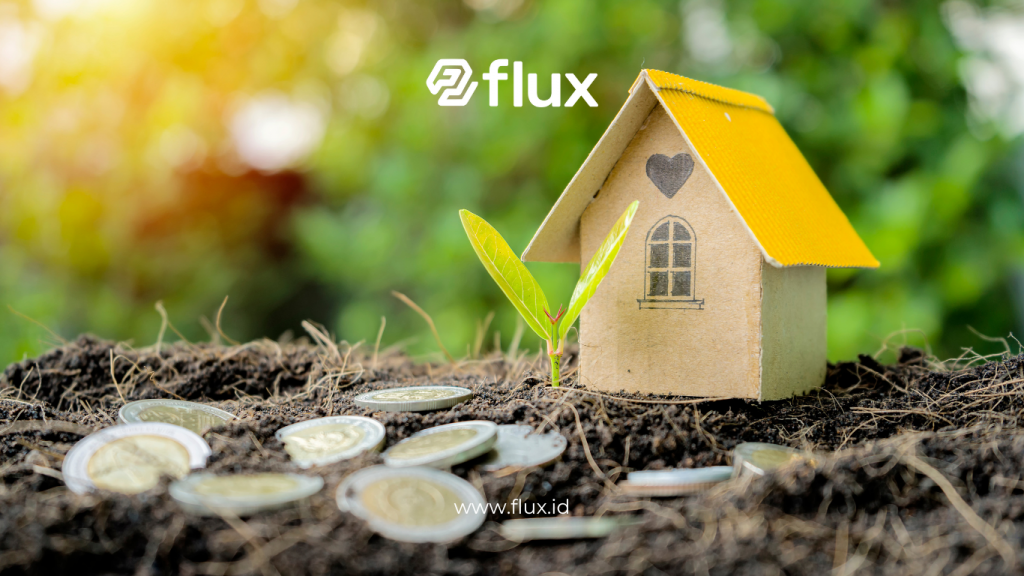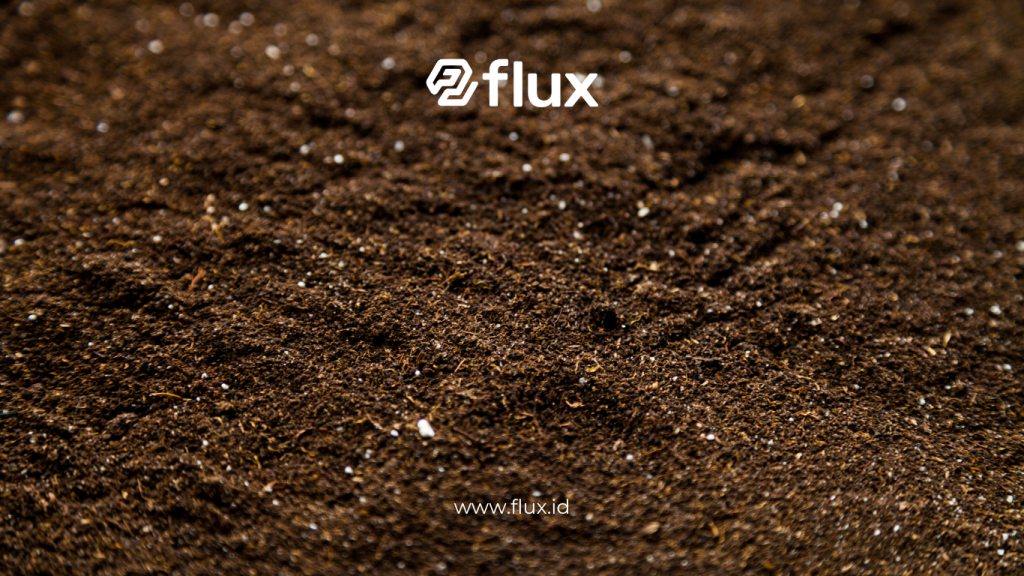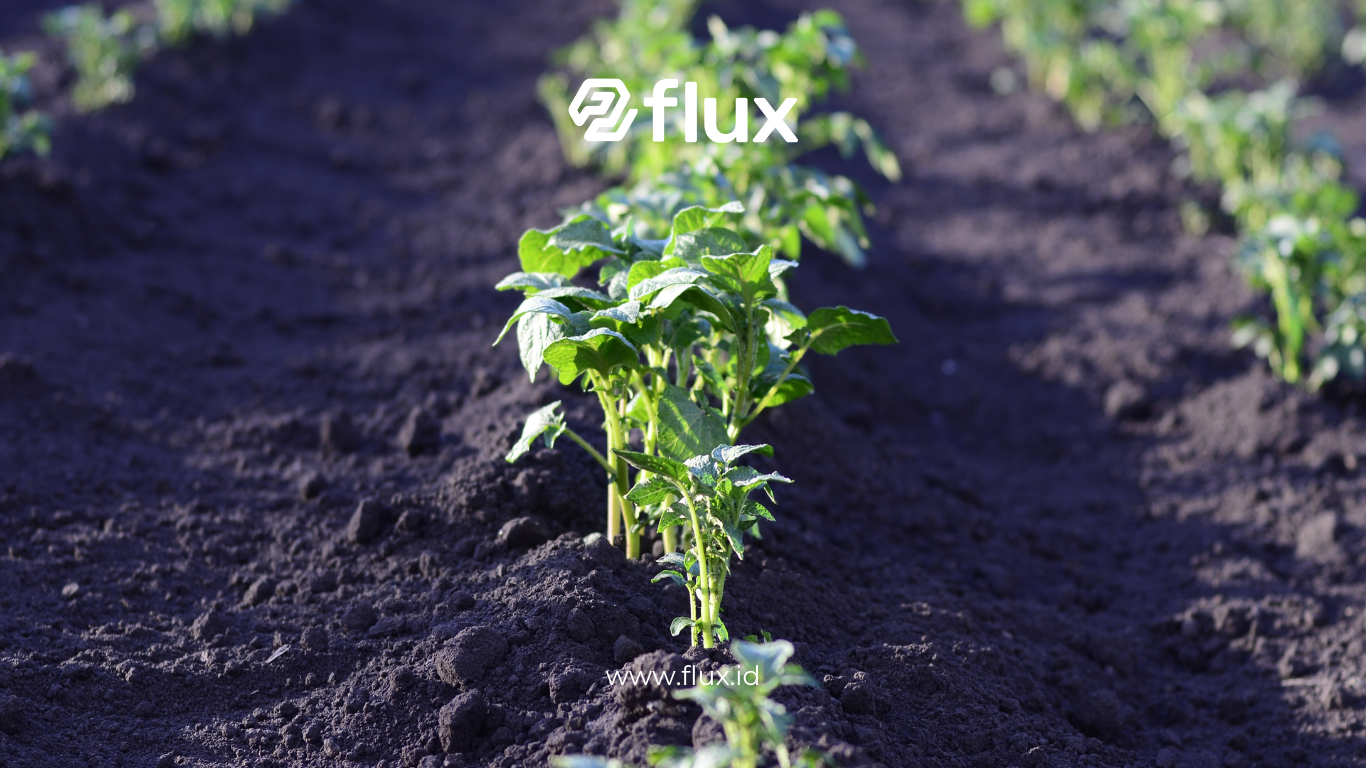Don't miss our holiday offer - 20% OFF!
In modern agriculture, monitoring soil nutrients is critical to sustainably enhancing crop yields. Soil nutrient sensor innovation provide real-time data about soil conditions, enabling informed decisions for better crop quality. This article explores soil nutrient sensor innovations, their working principles, benefits, and applications in agriculture.
Contents
- 1 1. What Are Soil Nutrient Sensors?
- 2 2. How Do Soil Nutrient Sensors Work?
- 3 3. Benefits of Using Soil Nutrient Sensors
- 4 4. Applications of Soil Nutrient Sensors in Agriculture
- 5 5. Recent Innovations in Soil Nutrient Sensor Technology
- 6 6. Challenges in Implementing Soil Nutrient Sensors
- 7 7. The Future of Soil Nutrient Sensor Technology
- 8 Conclusion
1. What Are Soil Nutrient Sensors?

Read More: Soil Nutrient Sensor: Enhancing Agricultural Yields
Soil nutrient sensors are advanced devices used to measure key nutrients in soil, such as nitrogen, phosphorus, and potassium. These sensors deliver accurate data that help farmers make data-driven decisions to improve crop quality.
Main Functions of Soil Nutrient Sensors:
- Measure essential nutrient levels.
- Monitor soil pH.
- Detect soil moisture levels.
2. How Do Soil Nutrient Sensors Work?
Soil nutrient sensors operate using technologies like:
- Infrared Spectroscopy to analyze the soil’s chemical composition.
- Electrochemical Sensors to detect specific ions like nitrate and ammonium.
- Capacitive Sensors to monitor soil moisture.
The process begins by placing the sensor in the soil, where it collects data and transmits it to devices like smartphones or cloud systems for further analysis.
3. Benefits of Using Soil Nutrient Sensors

Read More: Smart and Sustainable: Soil Moisture Sensors
Implementing soil nutrient sensors offers several advantages, including:
a. Enhanced Productivity
With precise data, farmers can apply the right amount of nutrients needed by crops, resulting in higher yields.
b. Efficient Fertilizer Use
Sensors reduce fertilizer waste by identifying existing nutrient levels in the soil.
c. Environmental Conservation
Accurate fertilizer application prevents environmental pollution caused by over-fertilization.
d. Real-Time Monitoring
Sensors provide instant information, enabling timely corrective actions.
4. Applications of Soil Nutrient Sensors in Agriculture
a. Precision Agriculture
In precision farming, soil nutrient sensors are used to adjust fertilizer and irrigation application to meet specific field requirements.
b. Managing Degraded Land
On less fertile land, sensors help determine the best strategies to improve soil quality.
c. Agricultural Research
Scientists use these sensors to develop new soil and crop management techniques.
5. Recent Innovations in Soil Nutrient Sensor Technology

Read More: Future Farming Optimization with Soil Nutrient Sensors
a. IoT Integration
Soil nutrient sensors now connect to the Internet of Things (IoT), allowing data to be collected, analyzed, and accessed remotely.
b. AI and Machine Learning
Modern sensors incorporate artificial intelligence (AI) to recommend fertilization based on historical soil data patterns.
c. Portable Sensors
These innovations enable farmers to perform on-field measurements using compact, easy-to-use devices.
6. Challenges in Implementing Soil Nutrient Sensors
Despite their benefits, soil nutrient sensors face several challenges:
- Cost: High sensor prices can be a barrier for small-scale farmers.
- Complexity: Some sensors require training for proper operation.
- Technology Access: Not all regions have easy access to these technologies.
7. The Future of Soil Nutrient Sensor Technology
As technology advances, soil nutrient sensors are expected to become more affordable and sophisticated. Integration with mobile devices, drone-based land mapping, and big data analysis will enhance their role in creating sustainable agriculture.
Conclusion
Soil nutrient sensor innovations provide effective solutions for improving soil quality and plant health. These technologies enable farmers to make smarter decisions, reduce resource waste, and contribute to environmental conservation. Despite current challenges, the vast potential offered by these sensors makes them a worthwhile investment for the future of agriculture.





